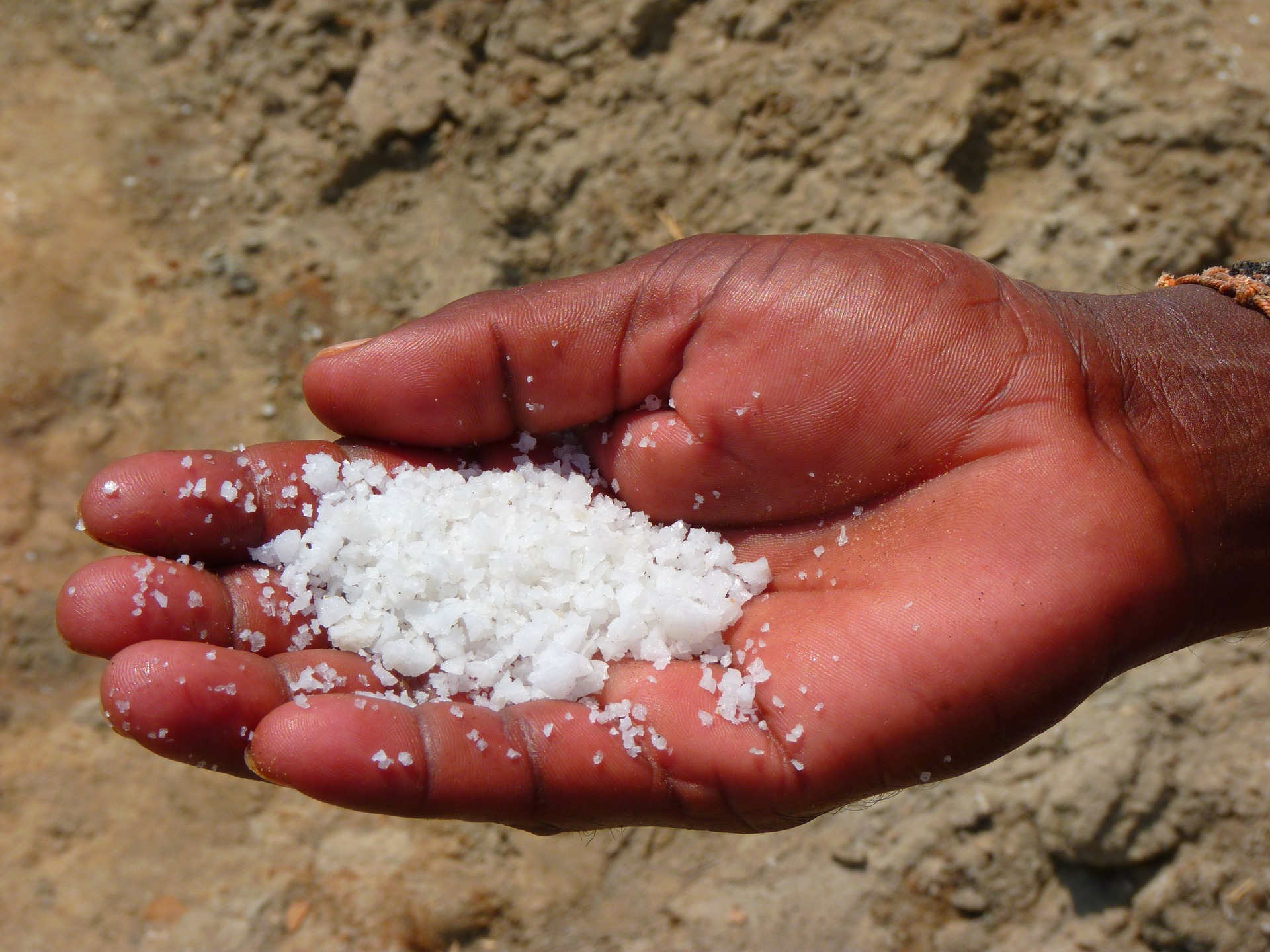I’m a salty person; I’m not a sweets person. I love me some salt on my food.
Let’s find out what the difference is between salt and sodium.
- Salt: a crystalline compound, sodium chloride, NaCl, occurring as a mineral, a constituent of seawater, etc., and used for seasoning food, as a preservative, etc.
- Sodium: a soft, silver-white metallic element. . .a necessary element in the body for the maintenance of normal fluid balance and other physiological functions; any salt of sodium, as sodium chloride or sodium bicarbonate, present or added to foods or beverages as a seasoning or preservative and used in many pharmaceutical products as an antacid, anticoagulant, or other agent.
Salt (table salt):
- Is a chemical compound.
- Looks like tiny crystals.
- Is formed naturally when sodium binds with chloride.
- Is found in sea water or underground deposits.
- Is 40% sodium and 60% chloride.
Sodium:
- Is a mineral.
- Is the sixth most abundant element on Earth.
- Is found in minerals and rocks.
- Binds with chloride to form salt.
As we can see, although the terms are often used interchangeably, salt and sodium are not exactly the same thing. Sodium makes up a little less than half of salt.
It’s no secret Americans consume too much salt, and most of it isn’t coming from our salt shakers, but from prepared or processed foods. Too much salt can lead to high blood pressure and strokes.
However, too little can be harmful as well, as salt helps stabilize the body in terms of fluids, electrolytes, and the pH balance.
If you’d like to check out the difference between table salt and sea salt, we have a difference between for that as well.
